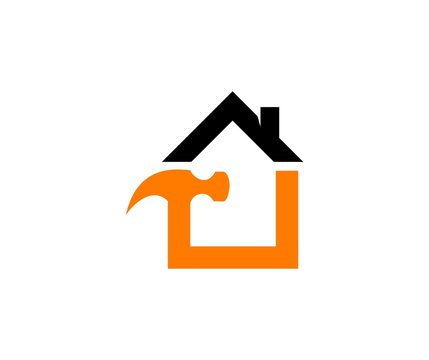Table of Contents
Common Causes of Mobile Home Roof Leaks
Mobile home roofs are susceptible to leaks due to various factors, including:
Age of the Roof
As mobile home roofs age, the materials may deteriorate, leading to cracks and gaps where water can penetrate.
Poor Installation
Improper installation of the roof or sealant can create weak spots that are prone to leaks.
Harsh Weather Conditions
Extreme weather conditions, such as heavy rain, snow, or hail, can cause damage to the roof surface, resulting in leaks.
Understanding Mobile Home Roof Sealants
Roof sealants are specially formulated to provide a protective barrier against water infiltration. They come in different types, including silicone, acrylic, and asphalt-based sealants, each offering unique properties suited for specific applications.
How to Identify a Roof Leak
Detecting a roof leak early is crucial for preventing extensive damage to your mobile home. Signs of a roof leak include water stains on the ceiling, mold or mildew growth, and musty odors inside the home.
Benefits of Using a Sealant
Applying a sealant to your mobile home roof offers several benefits, including:
- Cost-effectiveness: Sealants are a more affordable solution compared to roof replacement.
- Preventing further damage: Sealants create a waterproof barrier, preventing water from seeping into your home and causing structural damage.
Choosing the Right Sealant for Your Mobile Home
When selecting a sealant for your mobile home roof, consider factors such as the roof material and climate conditions in your area. Silicone sealants are ideal for areas with extreme temperature fluctuations, while acrylic sealants offer flexibility and durability.
Preparing Your Roof for Sealant Application
Before applying sealant, it’s essential to prepare the roof surface properly. This includes cleaning debris, repairing any damage, and ensuring adequate ventilation to promote adhesion.
Application Process
To apply sealant to your mobile home roof, you’ll need:
- Sealant
- Caulk gun
- Roofing brush or roller
- Safety equipment
Follow these steps for a successful application:
- Clean the Roof Surface: Remove debris and dirt using a pressure washer or cleaning solution.
- Repair Damage: Fill any cracks or gaps with a compatible www.starlinehome.com/ or patching material.
- Apply Sealant: Load the sealant into the caulk gun and apply a uniform bead along seams, vents, and other potential leak areas.
- Spread the Sealant: Use a roofing brush or roller to spread the sealant evenly across the roof surface.
- Allow to Dry: Let the sealant cure according to the manufacturer’s instructions before exposing it to moisture.
Common Mistakes to Avoid
Avoid these common mistakes when applying roof sealant:
- Improper Surface Preparation: Failing to clean and repair the roof surface adequately can compromise the effectiveness of the sealant.
- Overapplication of Sealant: Applying too much sealant can lead to drips, uneven coverage, and wasted product.
Maintenance Tips
To prolong the life of your mobile home roof sealant, follow these maintenance tips:
- Regular Inspections: Check your roof periodically for signs of damage or wear.
- Recoating: Apply a new coat of sealant as needed to maintain protection against leaks.
Professional vs. DIY Approach
Deciding whether to hire a professional or tackle the job yourself depends on factors such as your skill level, budget, and the extent of the damage. While DIY application can save money, hiring a professional ensures proper installation and may offer warranty coverage.
Conclusion
Mobile home roof leaks can be a homeowner’s nightmare, but with the right sealant and proper maintenance, you can protect your investment and enjoy peace of mind knowing your home is safeguarded against water damage. By understanding the causes of leaks, choosing the right sealant, and following proper application techniques, you can keep your mobile home dry and comfortable for years to come.




